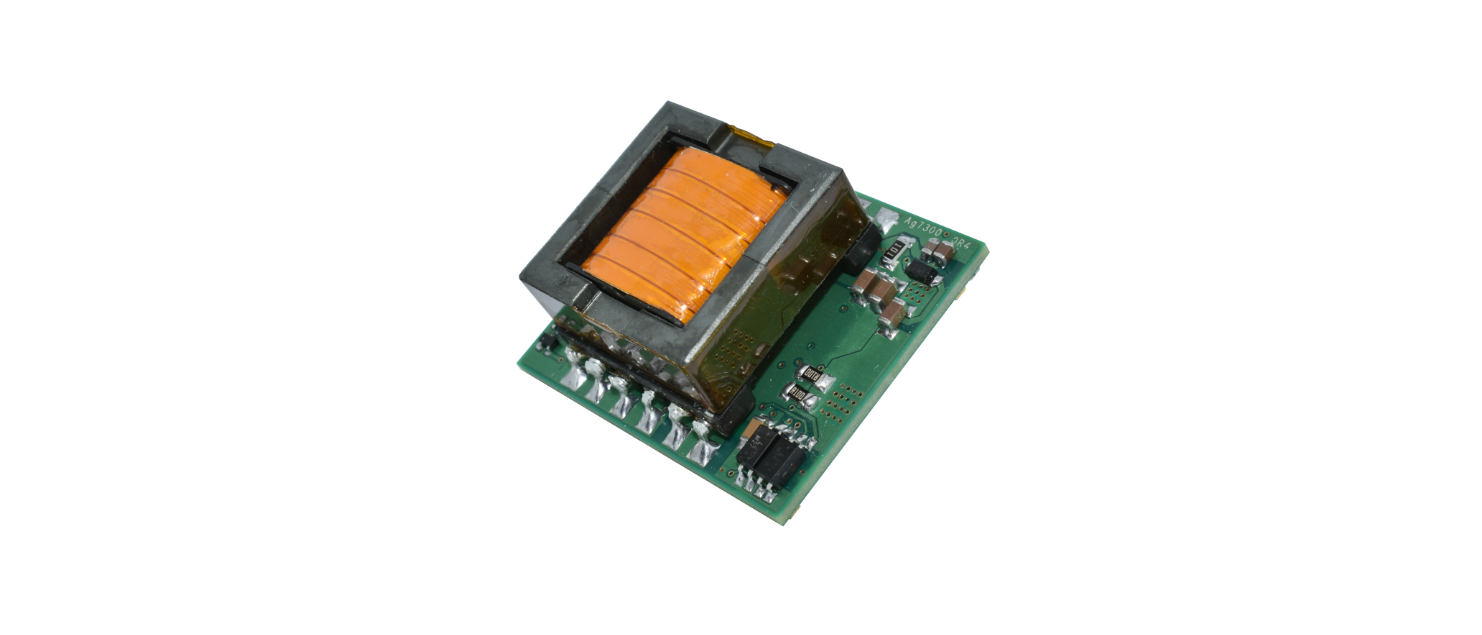In another first for Silvertel, the Ag7300 is intended for applications where access to high voltage DC supplies would be unavailable, making design for IEEE802.3bt compliance otherwise impossible.
The Ag7300 will supply 120W at up to 57VDC so that it can be used to support Silvertel’s Ag6800 or any other IEEE802.3bt compliant PSE and therefore putting the deployment of smart, Ethernet-based networks within easy reach. The Ag7300 is also equally-suited for use as a stand alone boost converter in applications where 48V-57V would otherwise not be available, eg, industrial, IIoT or automation applications.
The Ag7300 is a compact, surface mount module with block terminals, allowing close thermal coupling to the host PCB through which to dissipate any heat generated by the module. Being a high efficiency converter (?90%), losses are minimised and with very few additional components required to configure the product, implementation is very straight-forward.
The module is rated over the industrial temperature range and requires only two low-cost electrolytic capacitors fitted (one at the input and one at the output) to implement; a feature synonymous with Silvertel’s range of power management modules, making the transition from CAD to approved hardware a very rapid and risk-free step.
The Ag7300 incorporates an isolation barrier rated at 1.5kV whilst providing a low noise, low ripple output protected from over-voltage, over-temperature and short-circuit. In addition, the Ag7300 is equipped with output adjustment in either direction to allow offset above or below the nominal output voltage.
The Ag7300 measures 40mm (L) x 35mm (W) x 16mm (H), and is intended for surface mount reflow onto the host pcb.
Designed and manufactured in the UK, and fully RoHS compliant, the Ag7300 complements Silvertel’s extensive range of low cost but highly featured power management modules.
Product is available now from all of Silvertel’s distributors, and an easy to use, Evaluation board – EvalAg7300 – can also be purchased to help design engineers make a thorough assessment of the device without the need to commit to design resource and prototyping.

